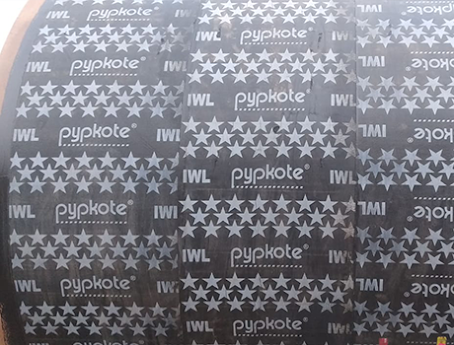Does Wrapping Tape Have a Shelf Life And If So, What Affects It?
The definition of shelf lifespan for an item created to protect important assets is always an interesting topic. How is it possible that something that was designed to protect an asset from the harshest conditions for years has a one or two-year shelf-life? This is a frequently asked issue. In order to properly answer it, the answer must be making a distinction between "shelf life" and "service life" because that is often where confusion occurs.
What is the shelf-life?Shelf life refers to the length of time a product like pypkote tape can be kept without becoming inedible for use. Typically, manufacturers specify the minimum conditions of the environment in which the product must be kept to ensure it meets the shelf life they have declared. For the pipe wrapping tape these are the following conditions:
Upper-temperature limit,
Outside of direct sunlight
Protected from damage that could be caused by physical force on the item, such as limits on stacking.
The term "service life" of a product is the time span during which it can perform its obligations at a reasonable level.
In the case of products to protect against corrosion their service life is not a predetermined time frame due to the many variations that affect the application (i.e. environmental conditions such as soil stresses, water tables, land contamination, temperature cycling, etc.). Manufacturers usually provide a realistic estimate of how long they expect the item to last. The prediction is based on past experiences and other pertinent variables. It is always contingent upon the item being installed within its shelf-life and being properly maintained prior to its installation.
It is important to note that a warranty issued by a manufacturer on the pypkote tape stipulates that claims will be evaluated in the event that the item has been installed within the specified shelf-life and the stated storage guidelines were adhered to.
The main element that determines the app waterproofing membrane performance is the temperature of the surrounding area. Although a surrounding temperature wrapping is intended for use in temperatures as high as 50oC and operating at temperatures of between 80 and 80oC, many manufacturers suggest a temperature of storage at 30 oC. The reason behind this is that wrapping tapes typically contain contact-type adhesives which are made to bond and then become hard upon contact. They depend on a range of volatile ingredients in the adhesive mix. The additives are diminished to atmospheric levels if the tapes are kept at higher temperatures of storage (above thirty degrees Celsius) for an extended period.
The second major element that is also connected to app waterproofing membrane is the temperature and humidity. A high level of humidity can compromise the strength of the carton, and also the release of core strength and paper. Manufacturers typically do not provide an exact humidity level, however, they do recommend that storage spaces allow for air circulation. This is one of the reasons why materials must not be placed excessively (beyond the risk of damage caused by large weight impact) in order to permit the flow of air to be free.
Endnotes
So here is your answer on whether the wrapping tape has a shelf life or not. We hope you will find this information useful.

Comments
Post a Comment